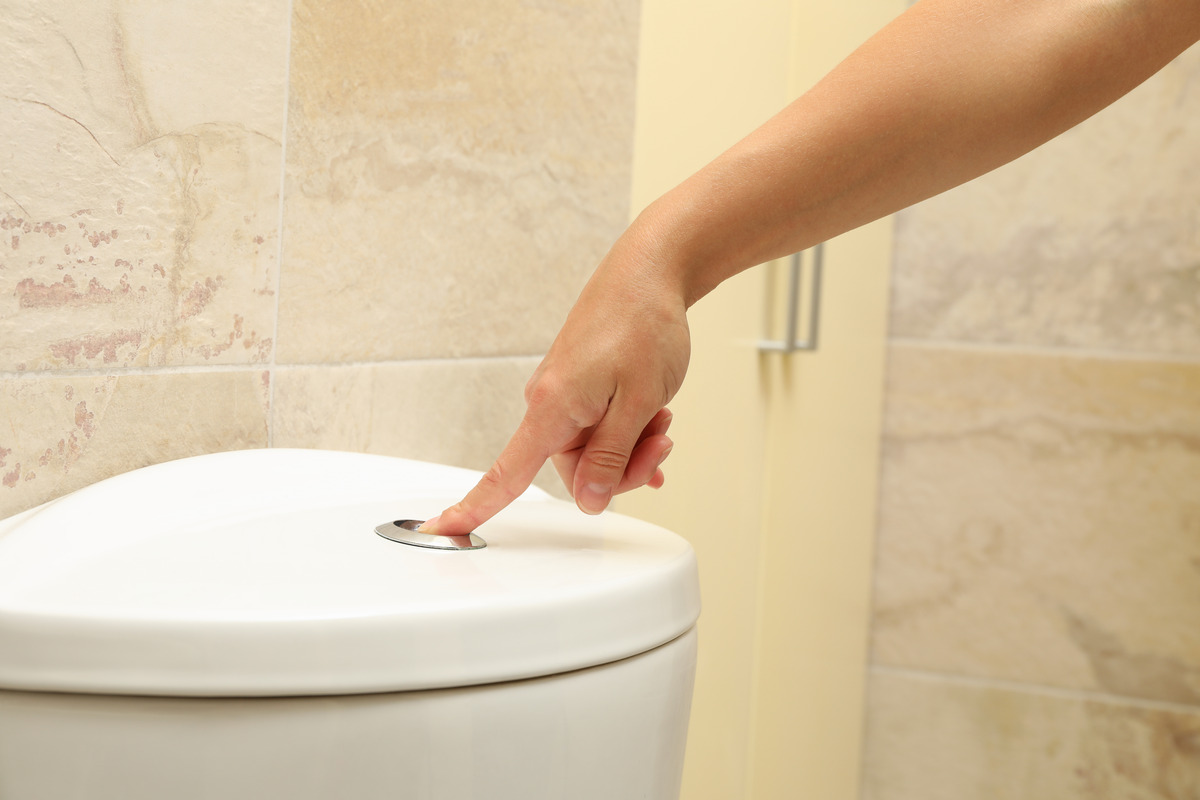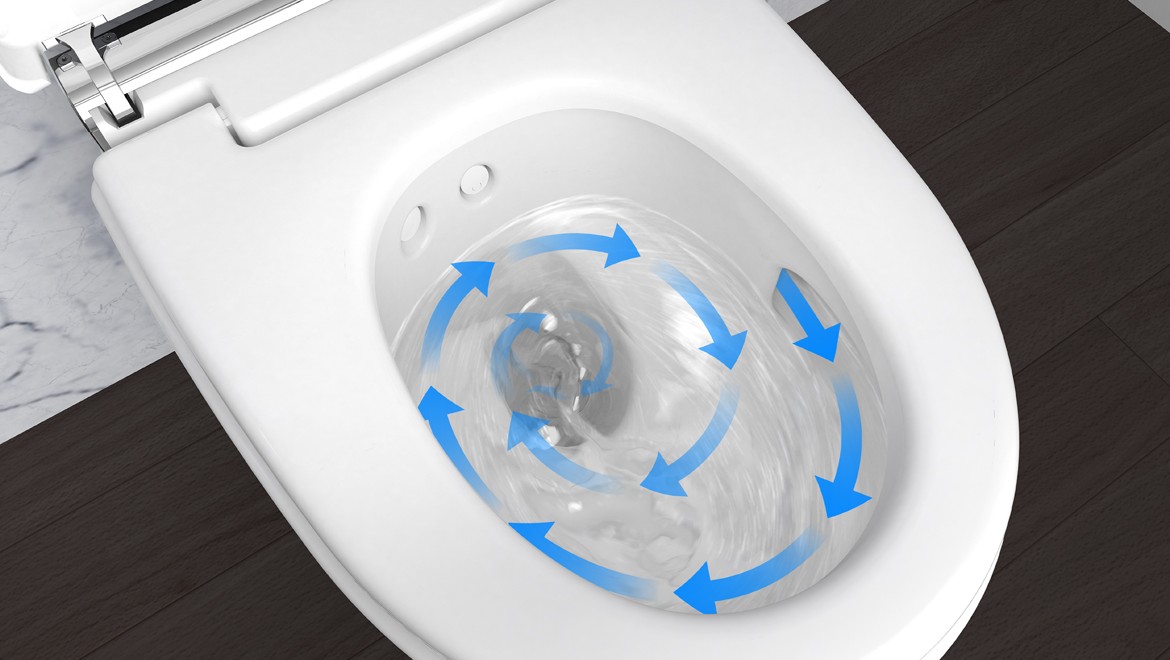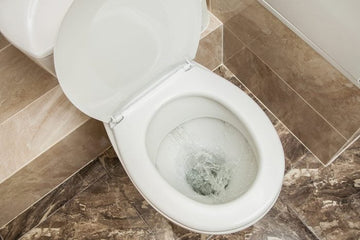In today's rapidly urbanizing world, the necessity for sustainable living solutions is more pressing than ever. One such solution that has gained significant attention is water-efficient toilets for urban homes. These innovative fixtures not only contribute to conserving our precious water resources but also offer substantial cost savings for homeowners. As urban areas continue to expand, the demand for efficient water usage becomes a critical component of sustainable development.
Water-efficient toilets for urban homes have become an integral part of modern city living, addressing both environmental and economic concerns. With their ability to drastically reduce water consumption, these toilets are gaining popularity among eco-conscious homeowners and industry professionals alike. But what exactly makes them so effective, and how can they benefit urban environments? Let's explore these questions in detail.

Why Choose Water-efficient Toilets?
Traditional toilets use a significant amount of water per flush, often ranging from 3.5 to 7 gallons. In contrast, water-efficient toilets are designed to use as little as 1.28 gallons per flush, making them a more sustainable choice for urban homes. This reduction in water usage not only helps conserve water but also decreases the overall water bill, providing long-term financial benefits to homeowners.
Moreover, the adoption of water-efficient toilets contributes to reducing the strain on municipal water supplies and sewage systems, which is particularly important in densely populated urban areas. This alleviation of pressure on infrastructure can lead to fewer environmental impacts and increased resilience of city water systems.
How Do Water-efficient Toilets Work?
Water-efficient toilets, such as dual-flush models, function by offering two flushing options: a full flush for solid waste and a reduced flush for liquid waste. This dual functionality allows users to optimize water usage based on need, ensuring that no excess water is wasted unnecessarily.
Additionally, advancements in toilet design, such as pressure-assisted flushing systems, have further enhanced the efficiency of these fixtures. This technology uses pressurized air to increase the force of the flush, requiring less water to achieve the same cleaning power as traditional toilets.
Benefits for Urban Environments
In urban settings, where space and resources are often limited, the benefits of installing water-efficient toilets are manifold. These include:
- Reduced Water Consumption: Significantly less water usage helps conserve local water resources.
- Lower Utility Bills: Homeowners can save money on water bills, leading to increased affordability of urban living.
- Environmental Impact: By reducing water usage, the ecological footprint of urban areas is minimized, contributing to sustainable living practices.
- Infrastructure Stress Relief: Less water usage means less strain on sewage systems, reducing the risk of overflows and infrastructure damage.
Choosing the Right Water-efficient Toilet
Selecting the appropriate water-efficient toilet for your urban home involves considering several factors. These include the toilet's flushing mechanism, design, cost, and compatibility with existing plumbing systems. Homeowners should also consider models that have received the WaterSense label, which indicates that the toilet meets strict efficiency and performance criteria set by the EPA.
Additionally, homeowners can explore home improvement options to enhance water efficiency, such as upgrading to toilets with modern design features and enhanced flushing systems.
Installation and Maintenance
Installing a water-efficient toilet in an urban home requires careful planning and consideration of existing plumbing systems. It is often advisable to consult with a professional plumber to ensure proper installation and avoid potential issues. Regular maintenance, such as checking for leaks and ensuring optimal performance, is also crucial to maintaining the toilet's efficiency over time.
Conclusion
In conclusion, water-efficient toilets for urban homes represent a vital step towards sustainable urban living. By adopting these innovative fixtures, homeowners can contribute to water conservation efforts, reduce their environmental impact, and enjoy significant cost savings. As cities continue to grow, the importance of integrating such sustainable solutions into our daily lives cannot be overstated. For more insights on how to improve water efficiency in your home, consider visiting this informative guide.

FAQ
Are water-efficient toilets more expensive?
Initially, water-efficient toilets may have a higher upfront cost compared to traditional models. However, the long-term savings on water bills often offset this initial investment.
Do water-efficient toilets require special maintenance?
While they do not require special maintenance, regular checks for leaks and ensuring optimal performance can help maintain their efficiency over time.
Can water-efficient toilets be installed in any home?
Yes, water-efficient toilets can be installed in most homes, but it is essential to ensure compatibility with existing plumbing systems. Consulting with a professional plumber is recommended.






